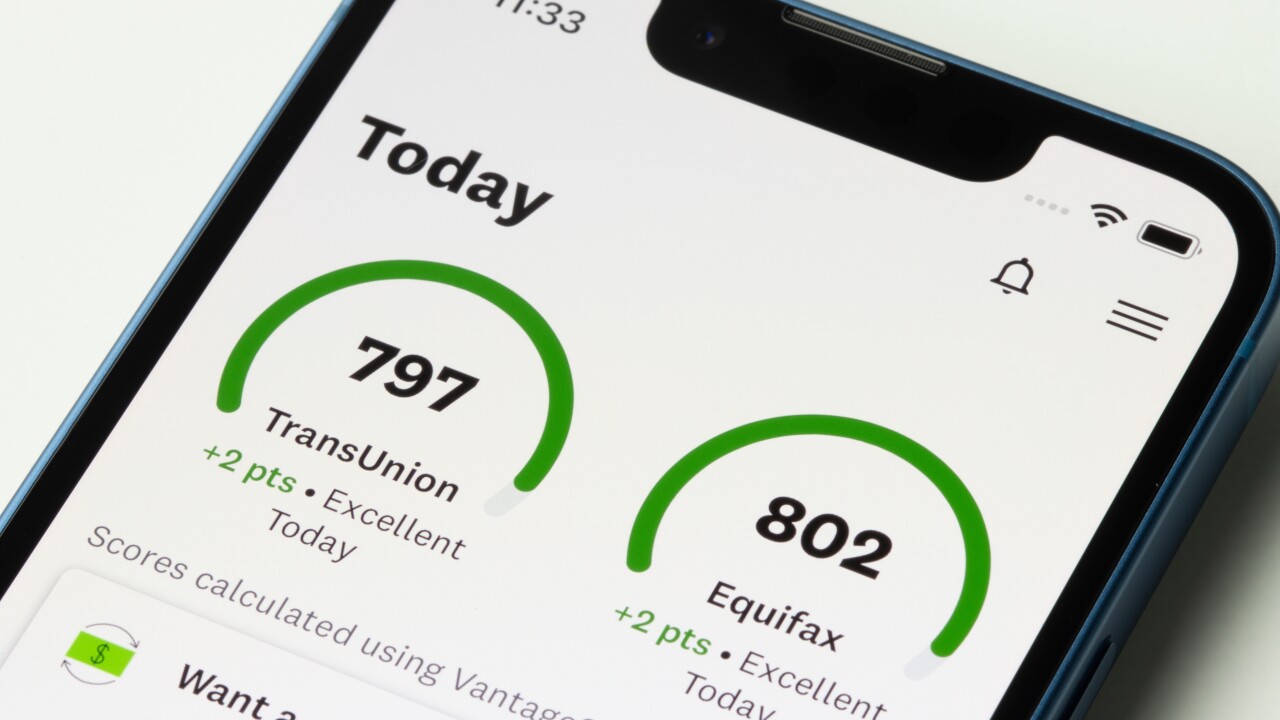The Federal Housing Finance Agency is considering bringing back the idea of imposing stricter criteria on loan purchases in areas where residential Property Assessed Clean Energy financing is available.
The agency could, for example, set lower loan-to-value ratios for loans purchased by the government-sponsored enterprises in areas where the financing for energy-related residential improvements is available.

The idea is one of several the FHFA reintroduced in a recent
PACE loans also pose additional risks in the mortgage industry because they “run with the land” and successive buyers of properties must take on responsibility for the payment of any outstanding obligations related to this form of financing, the FHFA noted in its RFI.
In addition to lowering LTVs, risk-management ideas being revived include the proposed tightening of debt-to-income ratios for Fannie and Freddie loans, and restrictions designed to address the risk that loans used as collateral for Federal Home Loan Bank advances could have PACE loan exposures.
The FHFA in its RFI additionally proposes to make PACE exposures easier to track through methods that include, for example, requiring mortgage servicers to “gather and report such information to the enterprises on a periodic basis” or asking “states that authorize PACE programs to require a registry.”





